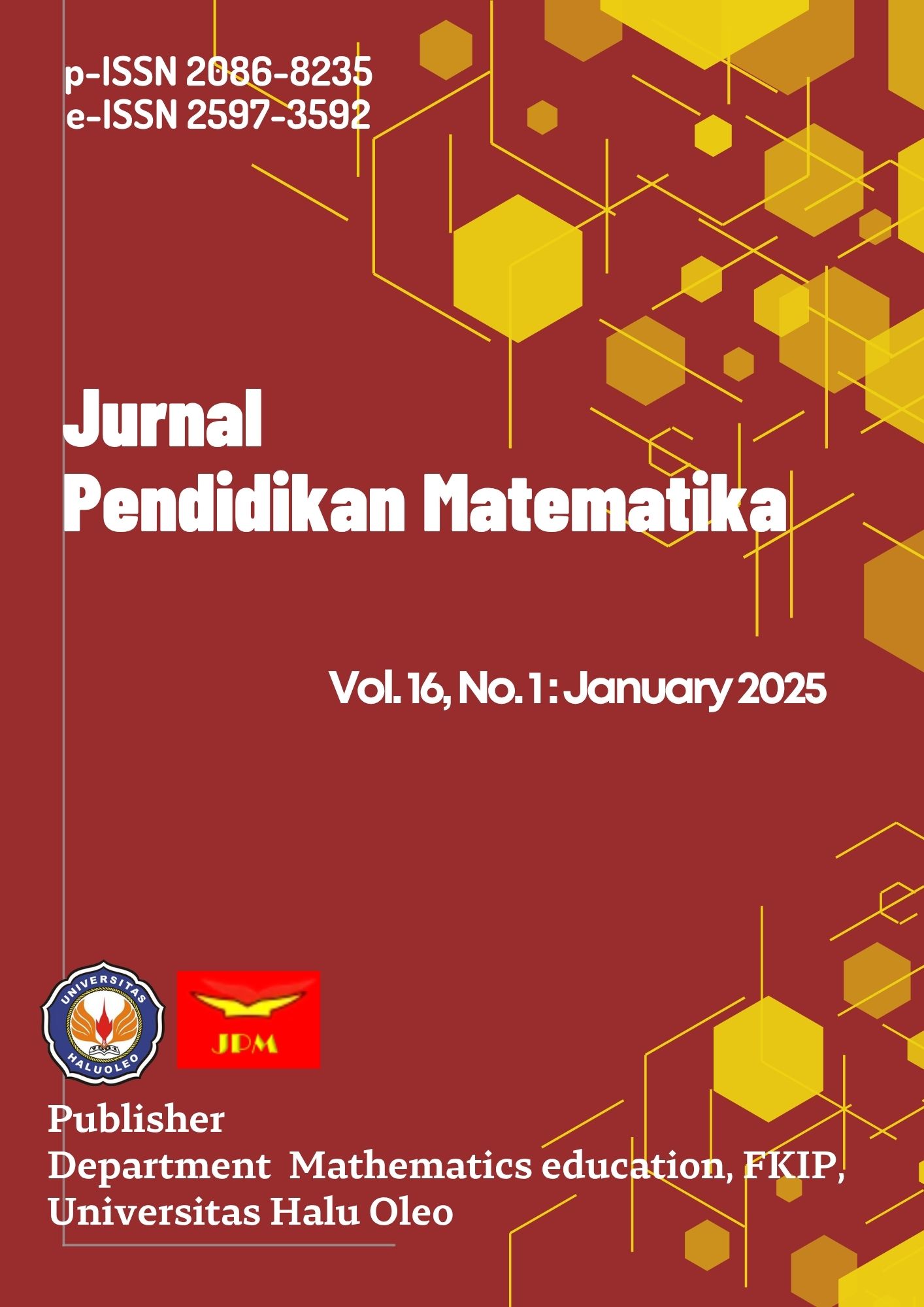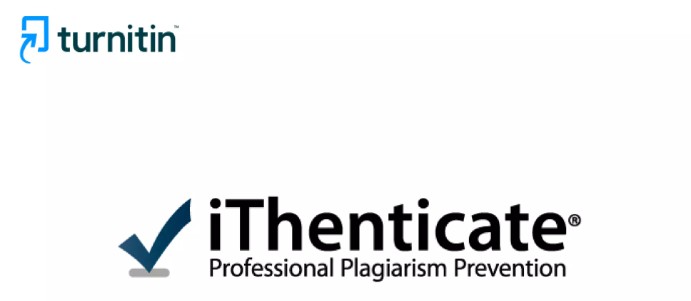Parents' Policy in Developing the Numerical Literacy of Their Teenage Children: A Descriptive Qualitative Study
DOI:
https://doi.org/10.36709/jpm.v16i1.224Keywords:
adolescents, numerical literacy, parental policies, qualitative descriptive studyAbstract
The Program for International Student Assessment (PISA) states that the literacy and numeracy of students in Indonesia are in the low category. Indonesia scored 366 and ranked 68 out of 81 countries. Previous research discussed parental involvement in developing early childhood literacy. This study aims to investigate parents' policies in developing numerical literacy in adolescent children. This study used a qualitative descriptive method. Data were collected through questionnaires filled in by parents and interviews related to the interaction between parents and children in the context of numerical literacy. There are 9 respondents, namely mothers of adolescent children who will be studied. The results showed that parents' policies in supporting numerical literacy include providing direct support in learning mathematics, providing adequate learning resources, and implementing daily activities related to numeracy. Obstacles to implementing this policy include parents' limited time, children's lack of interest in numerical literacy, and others. This study concludes that parents view the development of numerical literacy as “very important”. Parents' policies support the development of numerical literacy in adolescent children by involving children in financial management and playing an active role in their activities of adolescent children.
References
Ayuningrum, Mubruroh, & Dewi, R. S. (2023). Analisis Bahan Ajar Literasi dan Numerasi di Sekolah Dasar. Journal on Education, 6(1), 9257-9267.
Azizah, N. S., Mumfaza, R., Amala, R. A., Roisah, R., Agustin, V. H., Nurmelinia, Safitri, F., & Hidayah, N. (2023). Improvement of Literacy, Numeracy and Life Skills of "Sanggar Belajar" Students in Malaysia. Jurnal Pengabdian Masyarakat Nusantara (JPMN), 3(1), 71–80. https://doi.org/10.35870/jpmn.v3i1.1078
Fatonah, N. (2018). Keterlibatan Orang Tua dalam Menumbuhkan Kemampuan Literasi Anak Usia Dini (Studi Kasus pada Orang Tua Anak Usia Dini). Retrieved from https://paudpedia.kemdikbud.go.id/uploads/anggun/images/paparan/6_november/ROOM%204/Sesi%202/ABS-136%20Nurul%20Fatonah.pdf
Ferianti, N., & Irna, I. (2020). Pengembangan Strategi Literasi Keluarga Untuk Meningkatkan Minat Baca Anak Usia Dini (Penelitian Pengembangan pada siswa kelompok B PAUD BAI Rumah Cendekia Kabupaten Bogor). Cetta: Jurnal Ilmu Pendidikan, 3(1). https://doi.org/10.37329/cetta.v3i1.415
Firmansyah, M., Dewa, I., & Yudha, K. (2021). Esensi Perbedaan Metode Kualitatif Dan Kuantitatif. ELASTISITAS Jurnal Ekonomi Pembangunan, 3(2), 156.
Herdiani, R. T., Antari, I., Oktari, S., & Yuniarni, D. (2023). Psikologi Perkembangan Remaja. CV. EUREKA MEDIA AKSARA.
Kholid, M. N., Rofi, F., Waluyo, M., Maharani, S., & Kartika Sari, C. (2022). What Are Students’ Difficulties in Implementing Mathematical Literacy Skills for Solving PISA-Like Problem? Journal of Higher Education Theory and Practice, 22(2), 181–199.
Meliyanti, Raraswati, P., Hidayat, D. N., & Aryanto, S. (2021). Kajian Literatur: Perkembangan Literasi dan Numerasi di Lingkungan Keluarga. Jurnal Pendidikan Tambusai, 5(3), 6504–6512. https://doi.org/https://doi.org/10.31004/jptam.v5i3.1973
Nizar, A., & Hajaroh, D. S. (2019). Pengaruh Intensitas Penggunaan Game Gadget terhadap Minat Belajar Siswa. Jurnal PGMI, 11(2), 169–192.
OECD. (2024). PISA 2022 Results Volume III: Creative Minds, Creative Schools.
Rezeki, T. I., Irwan, I., Sagala, R. W., Rabukit, R., & Ningsih, E. I. K. (2024). Pemberdayaan Literasi Dan Numerasi Untuk Meningkatkan Prestasi Siswadi Sd Negeri 17 Tanjung Selamat. ABDISOSHUM: Jurnal Pengabdian Masyarakat Bidang Sosial Dan Humaniora, 3(2), 144–151. https://doi.org/10.55123/abdisoshum.v3i2.4024
Salminen, J., Khanolainen, D., Koponen, T., Torppa, M., & Lerkkanen, M. K. (2021). Development of Numeracy and Literacy Skills in Early Childhood—A Longitudinal Study on the Roles of Home Environment and Familial Risk for Reading and Math Difficulties. Frontiers in Education, 6. https://doi.org/10.3389/feduc.2021.725337
Santrock, J. W. (2011). Life Span Development (perkembangan masa hidup) 13th. MC Graw Hill.
Santrock, J. W. (2018). Adolescence (17th ed.). McGraw-Hill Education.
Sarnoto, A. Z., Hidayat, R., Hakim, L., Alhan, K., Sari, W. D., & Ika. (2023). Analisis Penerapan Teknologi dalam Pembelajaran dan Dampaknya terhadap Hasil Belajar. Journal on Education, 6(1), 82–92. https://doi.org/10.31004/joe.v6i1.2915
Spangenberg, E. D. (2012). Thinking styles of mathematics and mathematical literacy learners: Implications for subject choice. Pythagoras, 33(3). https://doi.org/10.4102/pythagoras.v33i3.179
Sulfiana, B. (2020). Literasi Keluarga: Peran Ibu dalam Membangun Budaya Akademik. UIN Sunan Kalijaga. Retrieved from https://digilib.uin-suka.ac.id/id/eprint/44172/1/1620010012_BAB-I_IV-atau-V_DAFTAR-PUSTAKA.pdf
Wahyuni. (2021). Keperawatan Keluarga. CV Jejak.
Wijaya, A. (2016). Students’ Information Literacy: A Perspective From Mathematical Literacy. Journal on Mathematics Education, 7(2), 73–82.
Yildiz, B. M., Sasanguie, D., De Smedt, B., & Reynvoet, B. (2018). Investigating the relationship between two home numeracy measures: A questionnaire and observations during Lego building and book reading. British Journal of Developmental Psychology, 36(2), 354–370. https://doi.org/10.1111/bjdp.12235
Downloads
Published
How to Cite
Issue
Section
License
Copyright (c) 2025 Aulia Fonda, Katon Agung Ramadhan, Muh Wildanul Firdaus, Junianto

This work is licensed under a Creative Commons Attribution 4.0 International License.







